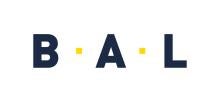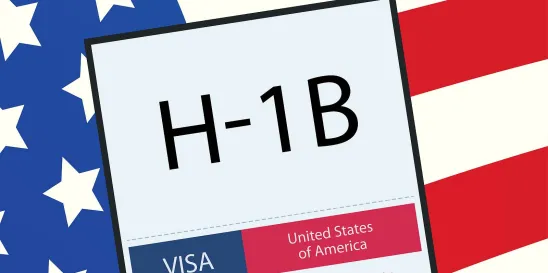Earlier this month, the Department of Homeland Security published a regulation to overhaul the H-1B lottery and move to a one-beneficiary, one-selection system rather than the current employer-focused process. This change has the backing of the business community and is designed to reduce incentives for bad actors to submit multiple registrations for the same individual.
It also has the potential to reduce the overall number of H-1B registrations and improve H-1B selection rates.
Still, we expect H-1B demand to outpace supply once again this year. Under federal law, 85,000 cap-subject visas are available each year, including 20,000 set aside exclusively for advanced degree holders. In recent years, we’ve seen demand for H-1Bs skyrocket — even through a global pandemic and an uncertain economy.
As we discussed in a recent webinar, H-1B contingency planning is as important as ever. It is particularly important to have a backup plan for employees whose current work authorization will expire this year or next year, though it doesn’t hurt to begin planning even earlier.
Some of the more common H-1B alternatives include:
- Nationality-specific nonimmigrant visas. Under bilateral agreements, certain nationalities are eligible for temporary nonimmigrant visas. These visas include H-1B1 specialty occupation visas for citizens of Chile and Singapore, E-3 specialty occupation status for Australian citizens and TN classification for citizens of Canada and Mexico. All of these visa types have some elements in common with the H-1B visa, but there are also some key differences. For example, the TN category is limited to a set list of occupations in the United States-Mexico-Canada Agreement (previously the North American Free Trade Agreement), rather than the H-1B’s broader pool of specialty occupations.
- L-1 intracompany transfer visas. The L-1 category allows companies with international offices to transfer employees in managerial or specialized knowledge positions from a foreign branch or affiliate office to their U.S. offices. Only employees with at least one year of experience in the company’s foreign operations in the last three years are eligible. Some companies may consider longer-term strategies of employing select candidates in their overseas office for a year and then applying for L-1 status. Employers must take into consideration other countries’ residence and work authorization requirements to a brand or affiliate office outside the U.S.
- O-1 “extraordinary ability” visas. Individuals demonstrating extraordinary ability in business, science, education, art or athletics may qualify for an O-1 visa. This category requires evidence of distinguished achievements such as published articles, peer-reviewed activities, major awards, high salaries or employment in a critical capacity for a well-known organization. Fair warning: Applying for an O-1 visa is a long, evidence-intensive process. Candidates should begin at least eight months before they plan to submit their application.
- J-1 exchange visas. Companies may bring foreign students and graduates of foreign universities to the U.S. as trainees for up to 18 months or as interns for up to 12 months. One of the limitations to this category is that employers may not hire a J-1 visitor for a position that is filled or would be filled by a full-time or part-time employee. Exchange visitors also must prove their intent to return to their home country and in some cases must return to their home country for two years at the end of their J-1 status.
- Spousal visas. In some cases, spouses of nonimmigrant visa holders may be eligible for work authorization. For example, L-2 and J-2 visa holders can qualify for work authorization and H-4 visa holders may be eligible if their spouse depending on how far along they are in the green card process.
- Immediate green card sponsorship. This option is available in limited circumstances as an H-1B alternative. For example, it could be an option for employees who still have most of their F-1 STEM OPT work authorization remaining and are not in an impacted green card category. Even if it is not considered as an H-1B alternative, early green card sponsorship may be worth pursuing. BAL is available to help employers determine the best green card strategy, including whether to pursue permanent labor certification (PERM) or a national interest waiver.
Every cap season has its own flavor, and we don’t always know how economic trends and regulatory changes will impact H-1B demand.
We do know the H-1B program continues to be oversubscribed. Given the low selection rate in recent years, we know many employees will be back in the lottery this year. On top of that, the H-1B registration fee is set to jump from $10 to $215 next year, providing another incentive for employers to submit registrations now.
As we said in our webinar: Plan early and often. A good H-1B contingency plan for valued employees can set you up for success this year and well into the future.




 />i
/>i

